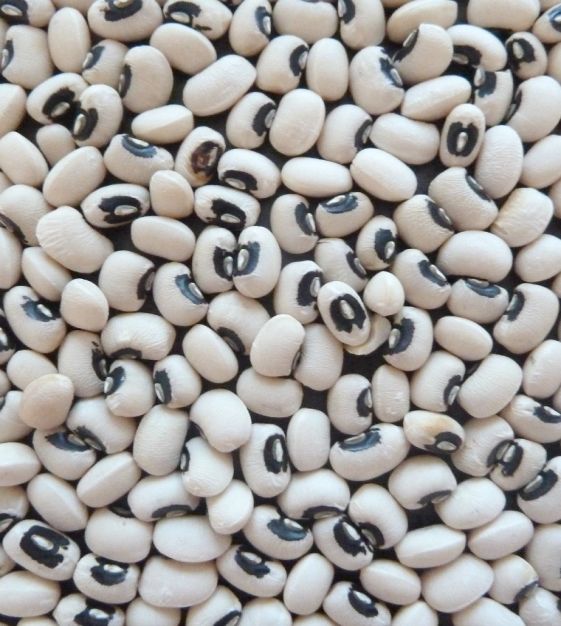-
Just because legumes are known to improve the soil in which they grow, it does not mean that they needn't be planted in good soil themselves. This is especially true of Beans. If you dig in well-rotted manure at the time of planting, your bean plants will grow better, be more free from disease and give you a better yield.
Beans Sowing Instructions
Planting Depth: 1"
Row Spacing: 18"-36"
Seed Spacing: 3"-4"
Days to Germination: 6-10 days
Germination Temperature: 60°-80°F
Beans love sun and well-draining, fertile soil. Plant Beans when the soil has warmed to 60°F and all danger of frost has passed. Amend the soil as needed with organic fertilizer, compost and/or well-aged manure. Cool, wet weather may necessitate a second planting: bean seeds rot in cold, damp soil. After planting, do not water until the sprouts emerge, unless it is very hot and dry. After emergence, and throughout
the season, avoid watering the foliage. Water as needed by soaking the soil around the Beans and fertilize with kelp or fish emulsion as needed.
For Pole Beans, provide support with rough poles, teepees, netting or a trellis. Harvest when the Beans are young, slim and on the small side for the best eating! It is vital to keep Beans picked regularly since seed formation slows and
eventually halts production. Sow Bush Beans every 10 to 15 days until 2 months before the first frost date in the fall for continuous yields.
A mainstay of the kitchen garden, homegrown Beans outshine those that are store-bought in their delicious, just-picked
flavor, crisp-tender texture and rich vitamin content.
Beans Show Their Colors
My favorite use for purple-podded Beans is to pick them while slim and tender, along with green and yellow ones, and arrange all three on a platter with a hummus dip.
Beans, Beans & More Beans
Shade Tolerance




